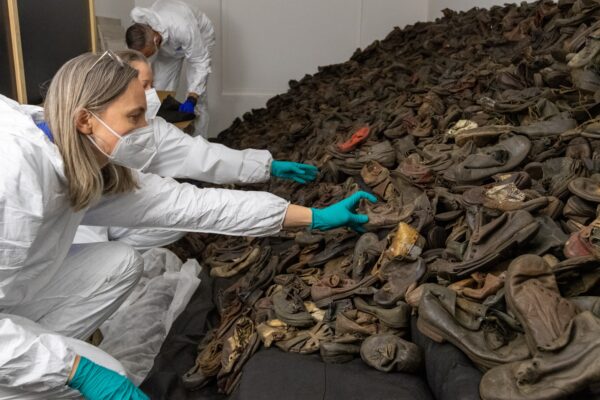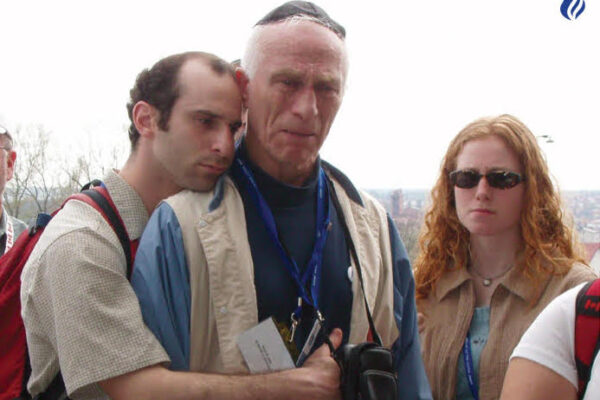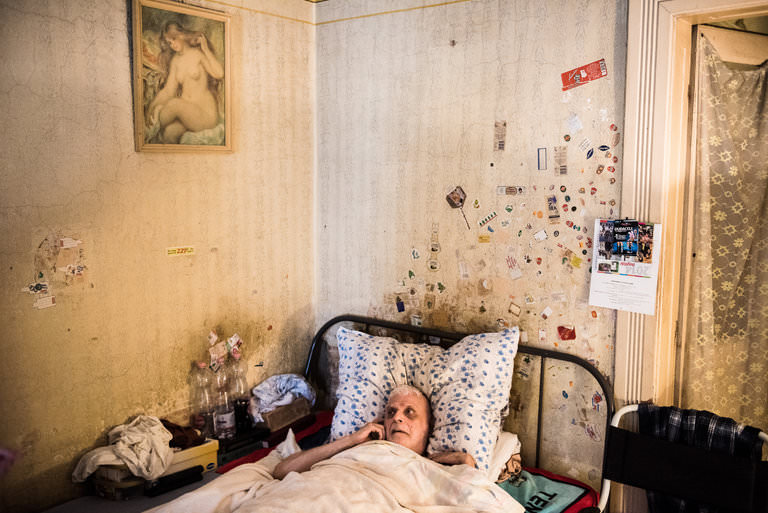
Gyorgy Rozsa, 77, a Holocaust survivor, in his home in Budapest. Survivors’ needs are growing in complexity and cost as they age, and funding from sources that have provided for them over the past two decades is starting to dry up. Akos Stiller for The New York Times
BUDAPEST — Agnes Galgoczi, 84, can no longer make it to the toilet on her own. It sits in the kitchen of her apartment in Budapest, just three feet from the bed, where she sings to herself to fight loneliness. Several blocks away, Vera Varga, 78, slides decades-old movies into her videocassette player. The images remind her of the outside world.
They are two of the estimated half-million remaining Holocaust survivors around the world, a group whose needs are growing in complexity and cost as they age, while funding from a variety of sources that have provided for them over the past two decades is starting to dry up.
Both women are widowed and rely on help to shop, cook and clean. Neither can leave her one-room apartment without assistance. Mrs. Galgoczi could use round-the-clock care, but even if Hungary had adequate nursing homes, neither she nor Mrs. Varga would make the move. The Nazis forced them out of their homes once before, marching them to the Budapest ghetto, ripping their families apart and sowing seeds of fear and mistrust that have resurfaced as the women enter their final years.
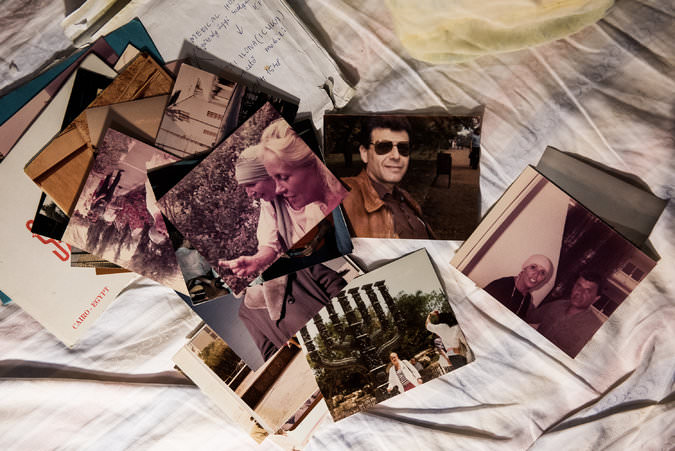
Pictures of Mr. Rozsa in his home in Hungary. Only recently did he begin to accept outside help. Akos Stiller for The New York Times
The unique problems that are the legacy of the suffering of their youth, like an intense fear of institutionalization, as well as renewed anti-Semitism in Eastern Europe and a lack of family, often mean that sending nurses and social workers into their homes is the only way to care for them.
But in-home care is costly, and in some places, survivors are left in lonely or unhealthy situations.
“No matter how much you give, their needs are always greater,” said Taly Shaul, the director of the JDC-HJSSF, the Hungarian Jewish Social Support Foundation, which provides for about half of the country’s 10,000 remaining Holocaust survivors.
Dozens of volunteers check on survivors and bring them boxes of food staples. Social workers and nurses clean their homes, administer their medications and, in some cases, become like family.
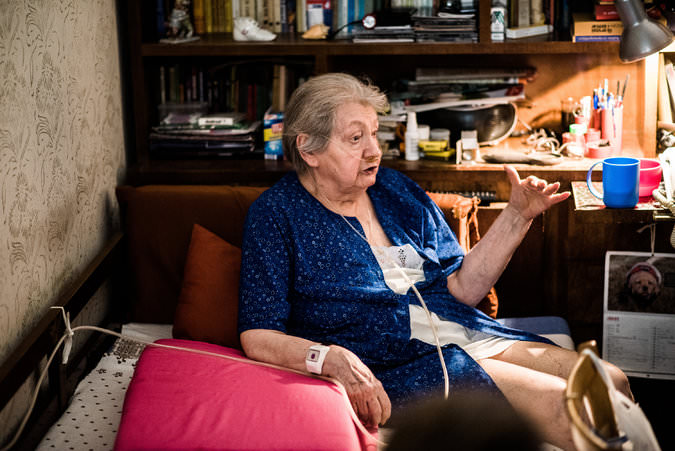
Agnes Galgoczi, 84, a Holocaust survivor, in her home in Budapest. She relies on help to shop, cook and clean. Akos Stiller for The New York Times
The growing costs of providing health care and social services to the survivors in Europe, the United States and elsewhere have raised the pressure on Germany, in particular, to increase aid.
“This is the final chapter,” said Greg Schneider, the executive vice president of the Conference on Jewish Material Claims Against Germany, which distributes funding to 240 organizations that provide for survivors around the world. “Over the next five years, an additional amount is needed if the remaining survivors are to live with dignity.”
In recent decades, the Claims Conference relied on financial support from a variety of sources. Payments came from a $1.25 billion compensation fund from unclaimed Swiss bank accounts held by those murdered, a $5 billion fund to compensate slave laborers and other settlements negotiated in the early 1990s after the fall of Europe’s Communist governments.
But as those funds have been spent, the burden has fallen back on Germany. Over eight months, the Claims Conference pressed German Finance Ministry negotiators with numbers and details to demonstrate the dwindling survivors’ increased level of need.
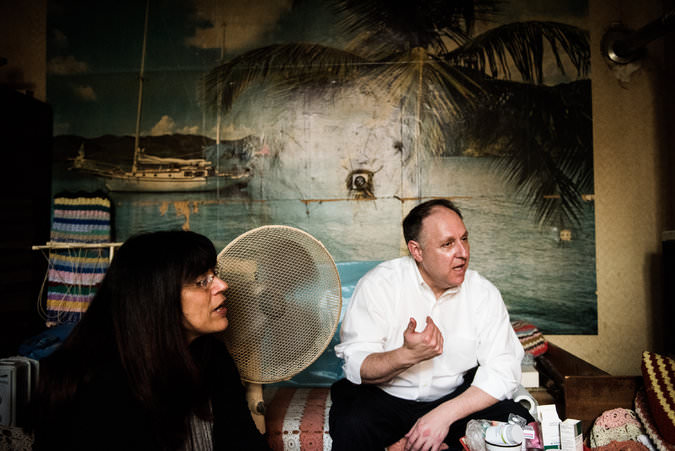
Taly Shaul, the director of the Hungarian Jewish Social Support Foundation, and Greg Schneider, the executive vice president of the Conference on Jewish Material Claims Against Germany, visiting Vera Varga, a Holocaust survivor, in her home in Budapest. Akos Stiller for The New York Times
One-fifth of survivors worldwide live in the United States, and added pressure came from Congress. Last week, it passed a resolution calling on Germany “to continue to reaffirm its commitment to comprehensively address the unique health and welfare needs of vulnerable Holocaust victims.”
An agreement between the German government and the Claims Conference, reached in July, resulted in an increase in funding for the care of Holocaust survivors in their homes over the next three years. The funding will increase to 350 million euros, or $390 million, in 2018 from €281.75 million, or $314 million, this year.
“This is pumping a significant additional amount of money into the budget that will have a significant impact in the field,” Mr. Schneider said.
For Mrs. Galgoczi — who relies on caregivers to bring her breakfast and help her wash in the morning; change the oxygen tank so she can breathe; and, throughout the day, administer the bottles of prescriptions in the basket perched beside her bed — the increased funding could mean extra help at night.
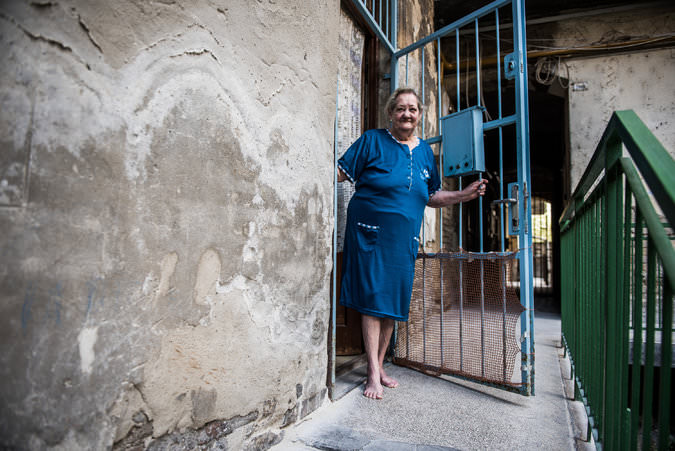
Ms. Varga, 78, at her home in Budapest. Credit Akos Stiller for The New York Times
“I completely depend on them for everything,” said Mrs. Galgoczi, whose darkened apartment holds her bed, a chair and a few of the beloved books that she can no longer read. She refers to her regular nurse as her daughter.
Under the new agreement, existing caps on the hours of care an individual survivor can receive will fall away for those who, like Mrs. Galgoczi, survived a ghetto, a concentration camp or life in hiding under the Nazis.
Sometimes, the biggest challenge is persuading survivors to admit they need assistance. Gyorgy Rozsa, 77, another survivor of the Budapest ghetto, lies in a wrought-iron bed in a corner of the one-room apartment where his wife has lived since she was a toddler. The acidic stench of urine from the catheter hanging beside his bed fills the dingy room, littered with empty soda bottles, laundry and a wheelchair.
Bedridden for the past decade, only recently did he begin to accept outside help, first in the form of packages of nonperishable foods and, more recently, in that of caregivers who swab around his bed with disinfectant and help lift him.
In an expression of trauma shared by many survivors, “he can’t stand any light, or anyone cleaning,” said Ms. Shaul of the Jewish support foundation. The fear of change or loss of home means that institutionalizing the survivors is not an option. The former Communist countries of Central and Eastern Europe also lack nursing home facilities comparable to those in the United States, Australia or Israel, making home care all the more important.
The recent political shift to the right across much of Eastern Europe has exacerbated jealousies among neighbors, like the family living next door to Mrs. Varga, who threw rocks through her window after realizing she was receiving special services because she is Jewish. Under Prime Minister Viktor Orban, Hungary has become more tolerant of anti-Semitism, and Ms. Shaul said the foundation had seen an increase in episodes targeting survivors across the country.
Originally Published HERE
